3 Types of Math Errors and How to Prevent Them
When you are learning a new skill, do you do it perfectly the very first time? Do you know all the answers before you even begin? Of course not! The same is true of math. Learning math requires practice, and making mistakes is part of the process. But as I’ve shared before, making mistakes in math is a good thing, and can help kids learn and understand more deeply. Today I want to dive a little deeper, because all mistakes are not equal. There are different types of math errors that students make, and understanding how to prevent them and how to learn from them is essential.
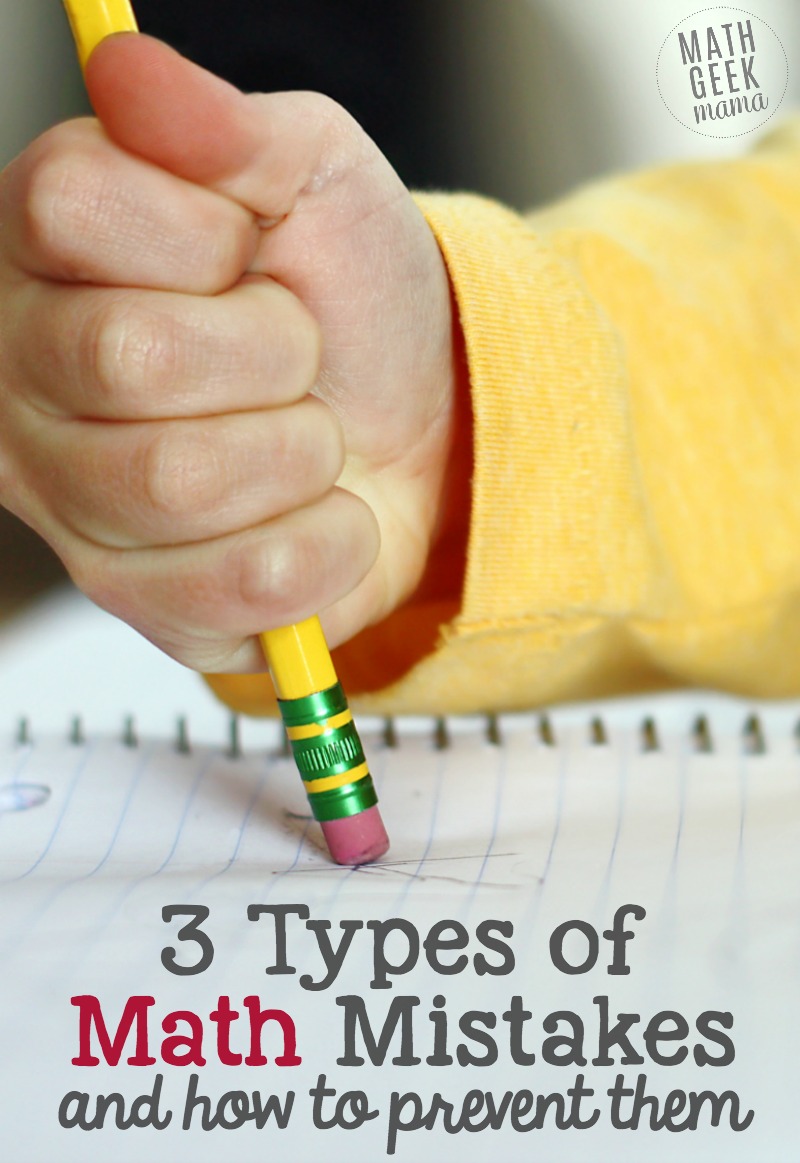
3 Types of Math Errors:
As I’ve thought about the different mistakes students of all ages make as they solve math problems, I’ve narrowed them down to 3 categories:
- Careless Errors
- Computational Errors
- Conceptual Errors
(You may have different classifications, or think I’ve missed something. If so, be sure to share in the comments!)
Careless Errors:
Careless errors occur simply because they are not paying attention, or are working too fast. Some examples might be:
- Copying the problem wrong to begin with
- Writing a wrong number
- Dropping a negative sign
- Sloppy handwriting
- Not following the directions
- Typing it wrong into their calculator
Here are some simple ways to help kids prevent making careless mistakes:
- Slow down
- This seems obvious, but students are often in a rush to finish so that they can move on to something else. Rushing is the easiest way to ensure careless mistakes. Encourage kids to take it slow and pay attention to what they’re doing.
- Circle important information
- Whether it’s a worksheet or word problems, circling important information will help students know what to do. Circling something in the directions will help them follow them correctly. Circling key information in a word problem will help them think through their strategy and make sure they don’t forget anything
- Use graph paper
- Using a sheet of graph paper to work out problems can be a really simple fix for kids who struggle with neatness. Graph paper allows kids to line up the numbers correctly and prevent sloppy mix ups.
Computational Errors:
The second type of mistake is computational. This means somewhere in the process they incorrectly added, subtracted, multiplied or divided.
Making one computational mistake in a multi-step problem means the rest of their work will be wrong and the final solution wrong.
As a classroom teacher, I always required students to show all their steps because if they used the correct procedure and showed me that they understood the concept, I was not too concerned about a small computational error.
Yes, that may have meant the “whole problem” was wrong, but to me, the final solution is not as important as understanding the concept and the process.
Still, we never want to encourage carelessness in computation.
Here are some ways to help students prevent computational errors:
- Slow down
- Again, simply slowing down and working more carefully on a problem will cut down on the computational errors.
- Check the answer after solving
- After working hard to complete tedious computations or multiple steps, kids are reluctant to go back and check their work. However, checking the solution for accuracy shows whether or not the work has been done correctly. If the final solution is wrong, students should go back through their work and check for computational errors.
- Use a calculator
- If you teach older students who are working on long and difficult concepts, you may want to encourage them to use their calculator for computational parts. I realize this is entirely a matter of preference, but to me, it’s much more important that I can see students understand the concepts. I hate for them to get bogged down in tedious and long computations. This tends to lead to frustration and removes any joy or excitement about the math we’re studying.
Conceptual Errors:
Conceptual errors occur because kids have misunderstood the underlying concepts or have used incorrect logic. This is the most difficult type of error to identify at first glance. This is also the most difficult type of error for students to recognize, but it is the most important to catch and correct.
When students make conceptual errors, it’s possible that all the math computations are correct. If they’ve misunderstood a concept and thus used an incorrect method to solve, they can work out each step meticulously and correctly but still get the wrong answer.
For example, say your kids are given the following word problem:
Sally and her friends have a bag of candy with 24 pieces of candy. They decide to share the bag equally. If they each get 6 pieces, how many friends are there altogether?
If a student solves this by multiplying 6×24, it shows that they do not actually understand the problem or the concept of division, even if they work out 6×24 correctly.
Here’s another example:
When learning how to calculate surface area and volume of 3D shapes, students are often given a list of formulas without any explanation of the formulas. So when given the following problem,
Find the total volume of a rectangular prism with base side lengths of 6 inches and whose height is 8 inches.
Knowing the formula is V=Bxh, students will often solve this by simply multiplying 6×8. Even if they multiply correctly, this shows that they do not understand what volume is measuring, or that they have to find the area of the base.
Ways to prevent and correct conceptual errors:
Obviously preventing conceptual errors is not as easy or straightforward as careless or computational errors. And of course, all students will have varying degrees of understanding, and will struggle with different concepts.
But here are a few things you can do to try and encourage conceptual understanding and prevent future conceptual mistakes.
- Introduce concepts in hands-on, conceptual ways
- Give your kids lots of time to explore and discover new math concepts in a way that helps them to see and understand the why. This is not always easy, but showing the why behind math properties or formulas will help students understand, form connections and retain.
- For example, My Hands On Skittles Math bundle provides lots of hands-on visual practice for early math skills, and Algebra Essentials includes lessons to help kids make sense of challenging concepts.
- Teach a concept more than one way
- There is always more than one way to solve a math problem. By teaching or exploring a concept in multiple ways and from multiple angles, you provide students a richer math environment and allow for deeper understanding. Plus, some students may find one method easier, while other students prefer a different method.
- For example, My Introduction to Multiplication bundle includes a variety of ways to see and understand multiplication (as well as hands on practice)
- Have math talks
- Provide your kids with open-ended questions to allow for discussion. This will reveal students’ understandings as well as misconceptions. These talks can also allow students to explain things in their own words which may provide a light bulb moment for another student.
- Learn more about simple ways to have math talks with your kids
- Use math journals
- Give kids a chance to write about math in a math journal. This will give them time to think about concepts, as well as explain things in their own words. By reading their explanations, you can gain insight into their understanding (or misconceptions).
- Another math journal idea is this Notice & Wonder Journal. Great way to get kids thinking about math in an open ended way!
And if you’re a classroom teacher and you notice the same conceptual error from multiple students, stop and take time to go back and reteach. If most students have missed something somewhere, there’s no point in moving on.
Analyzing Errors:
In the early elementary years, it can be difficult to analyze errors, because so much of what they’re learning is computational. It can be easy then to dismiss mistakes as simply computational mistakes and move on.
Take some time to dig deeper, though. Talk through the steps and require kids to show their thinking when they solve. For young kids, this can be as simple as drawing a picture. As they get older, explanations will hopefully be more sophisticated, such as writing equations.
By middle or high school, students you should able to recognize and classify their mistakes themselves. Have them think through what types of mistakes they’re making so that they can in fact learn from them.
Want some helpful templates & classroom posters to explore these types of math errors & analyze mistakes together? Grab my new Error Analysis Pack!
This collection includes teaching tips, blank templates to help kids analyze and learn from their mistakes + a classroom poster set to provide a visual for kids.
Did you find this helpful? Were there any new ideas you’re going to implement? Anything else you would add? Share in the comments! 🙂
Looking for more tips for teaching math in a way that makes sense? Check out the following articles:


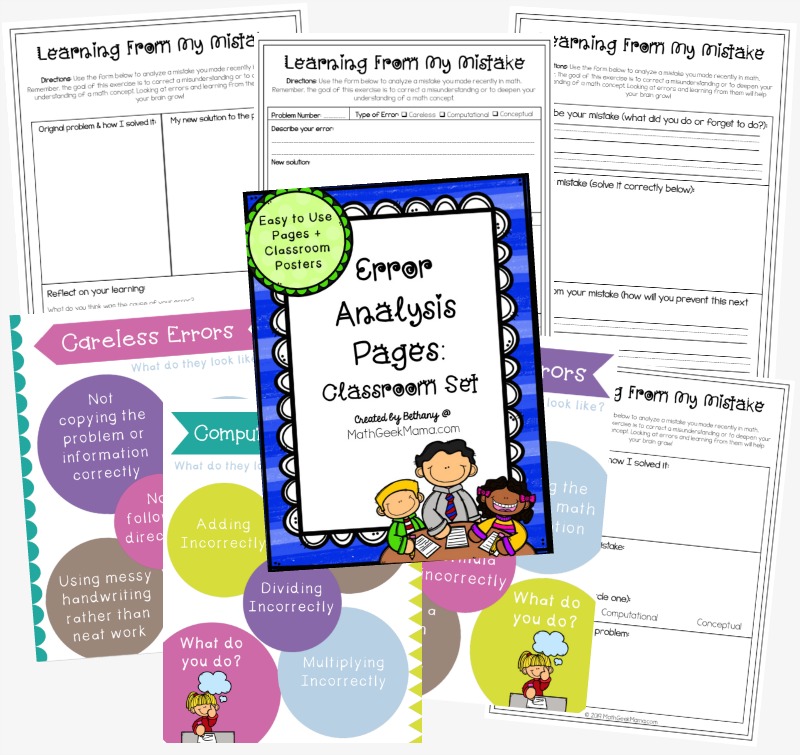
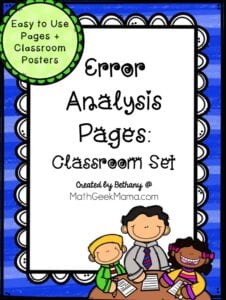
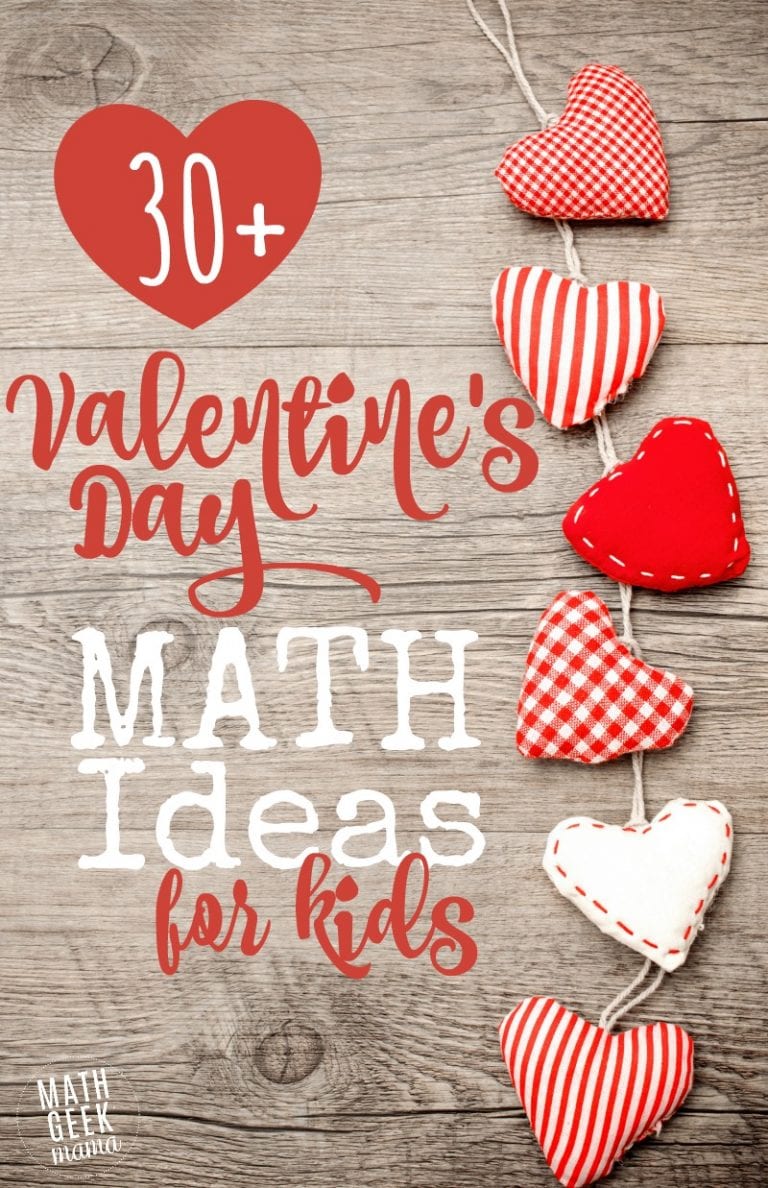

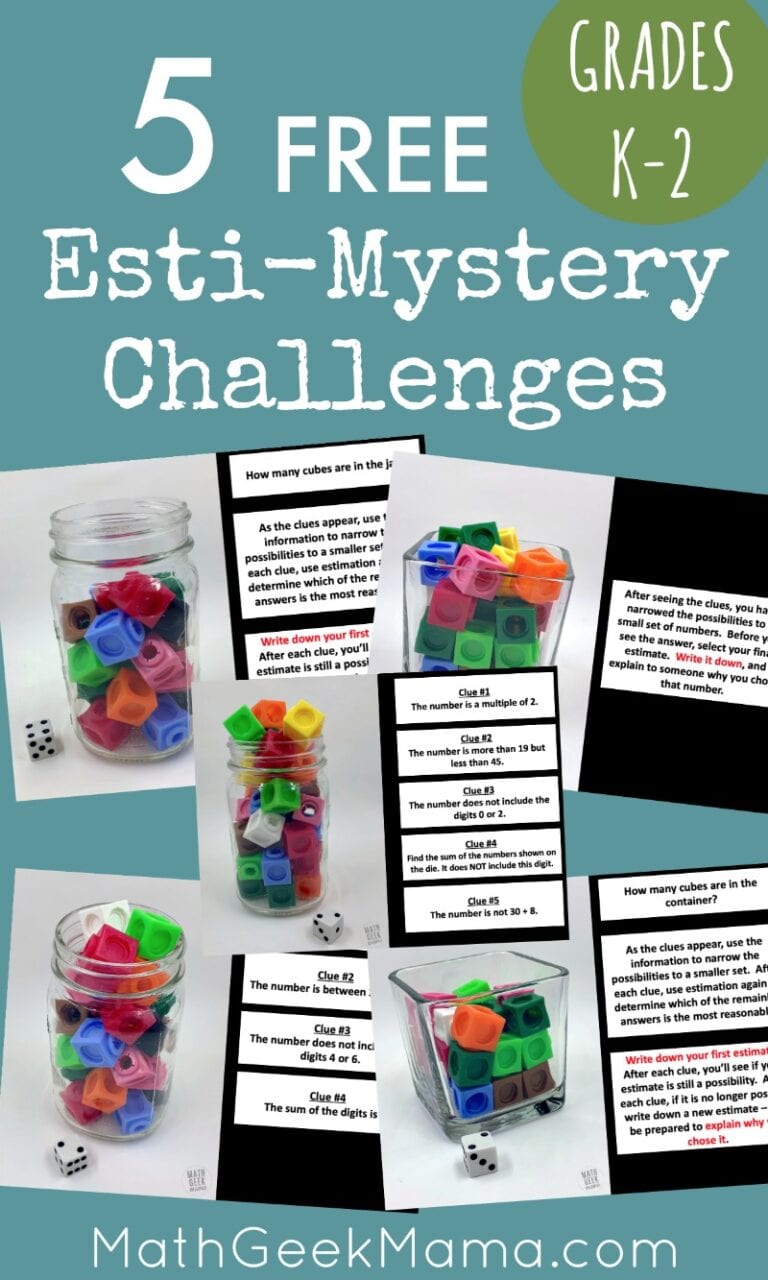
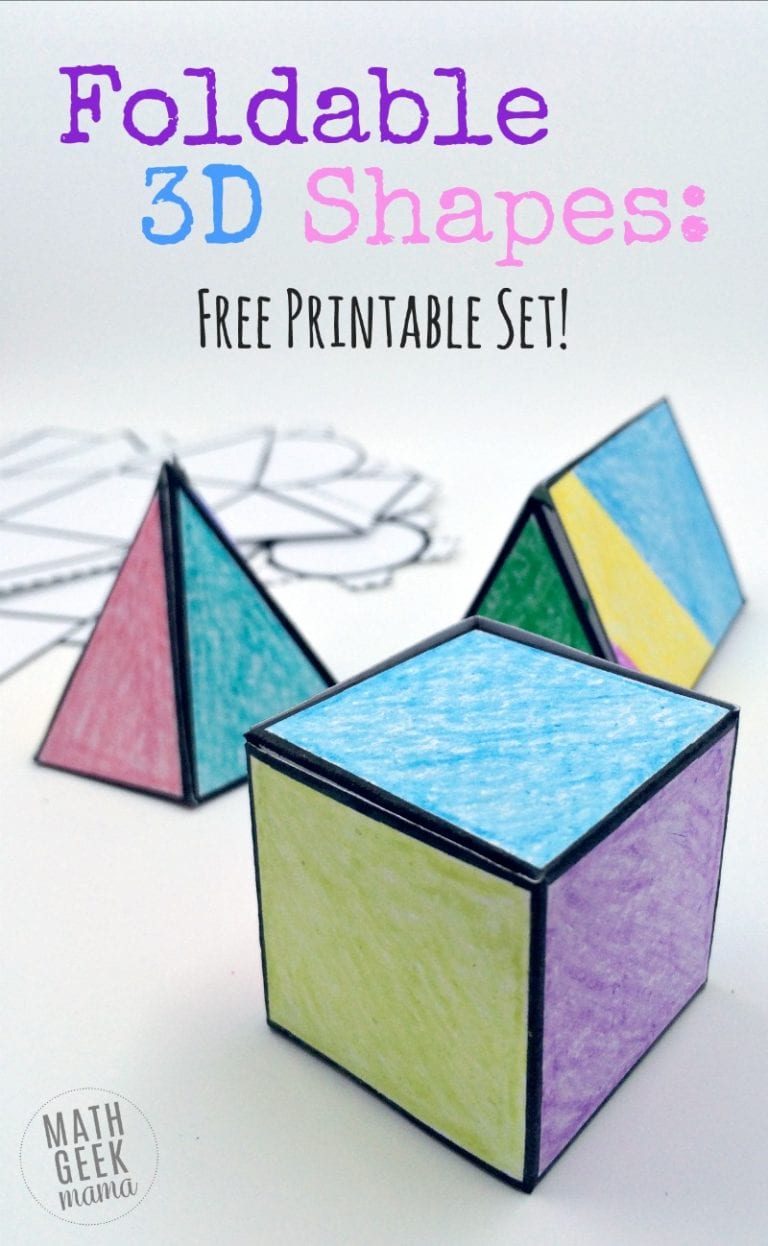
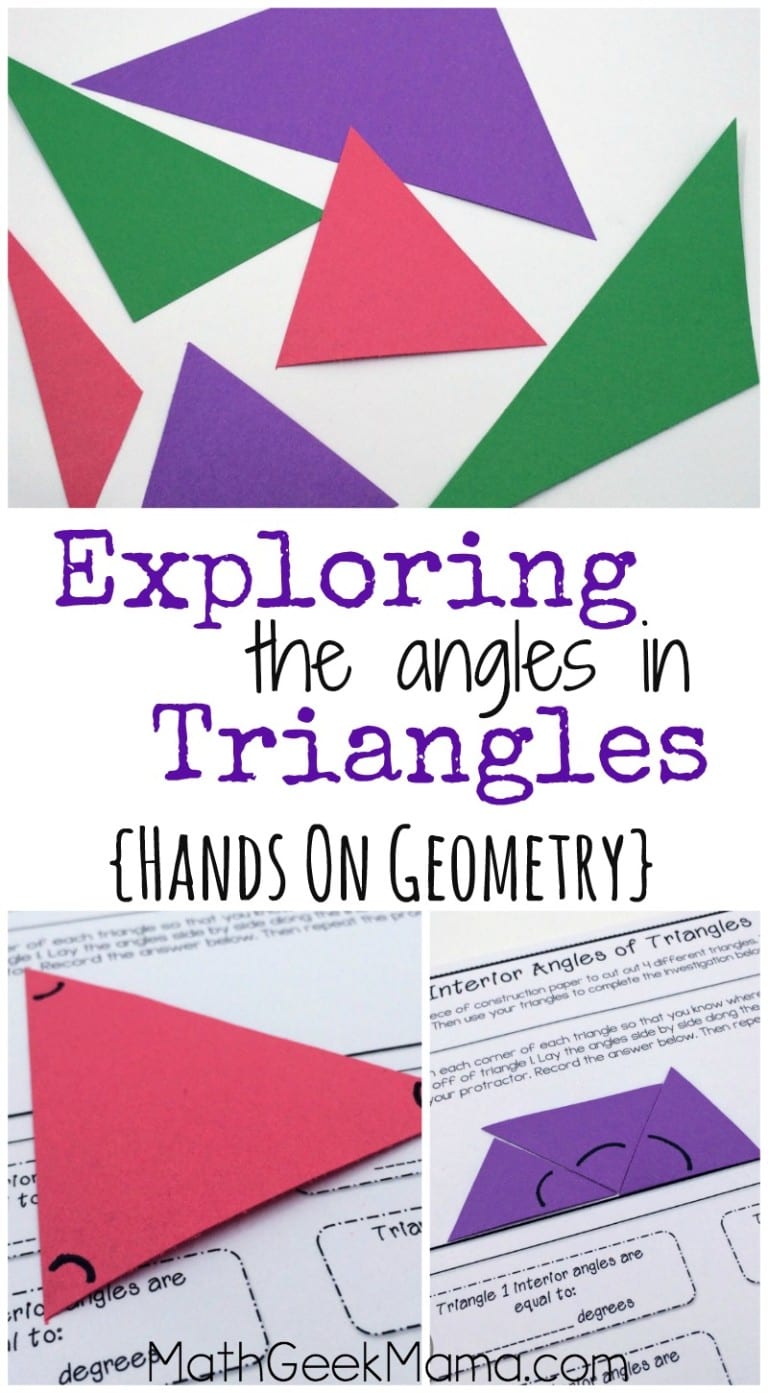




Bethany, this is a great post! You know what was most eye-opening for me? The mistakes I would have classified as “careless errors” are actually “calculation errors”. This helps me to rethink how to address the problems!
I’m so glad this was helpful! 🙂
very simple in explaining the concept thank u so muh
This is a great post! Thank you for sharing as it was very insightful.
You’re welcome! I’m glad to hear it was helpful for you! 🙂
Awesome article. Beautifully articulated. Totally in agreement to my attitude and beliefs about Math mistakes.
Yes! The Error Analysis Sheet looks so official!! Makes helping child understand that mistakes are important. Thank you, thankyou. I have struggled with getting my kids to verbalize what they have done. This is better. It’s visual and kept in a note book, it shows both of us the types and number of times a mistake is made so no fussing about re-doing are looking at a problem again 🙂
Oh I’m so glad you found this helpful! 🙂 Thanks for stopping by!
VERY HELPFUL. USED IT FOR MY ASSIGNMENT
that is good it helps me for my project work.
Bethany, I really liked this article. I am an Engineer and I am often troubled by the methods being taught to my children in elementary math. One of the items that bothers me is this notion of turning a single addition problem into 3 new problems by breaking into 1s 10s 100s. Doesn’t simple logic tell us that an error is more prone to happen the more problems a student is subjected to on a test? Have you ever performed experiments / analysis to think about the crossover point of technique vs # of steps in getting to an error free answer?
Hi Bethany! I just want to say a Big Thank You for all the amazing resources you share and the encouragement you give us teachers in teaching Math! You are amazing! THANK YOU!!
thANKS
A big thank you for this great post and helpful resources
It’s really helpful to me
This is wonderful. Used this information to teach my students in semifinal year in a renowned university here in Nigeria. Thanks a bunch, Bethany. It’s appreciated.
I am a student myself in 8th grade, and your tips help me keep my work in check and keep it neat!!!!!!!!!
Using graph paper is a great idea. But, if graph paper isn’t readily available simply turning a lined piece of paper horizontally gives students columns in which to write their problems.
Catch a computational error and sometimes even a conceptual error by estimating and asking/answering “Does this make sense?” Students can sometimes catch an error if they estimate and realize that their answer is far from the estimate. Also, rereading a question and asking yourself if the answer or your method makes sense can sometimes catch and correct a mistake.